"You will f***ing cheer" - Tom King and Ryan Sook promise their new WWE-inspired fight comic will give Black Canary her due in the DC Universe
Interview | Writer Tom King and artist Ryan Sook dig into their new comic Black Canary: Best of the Best
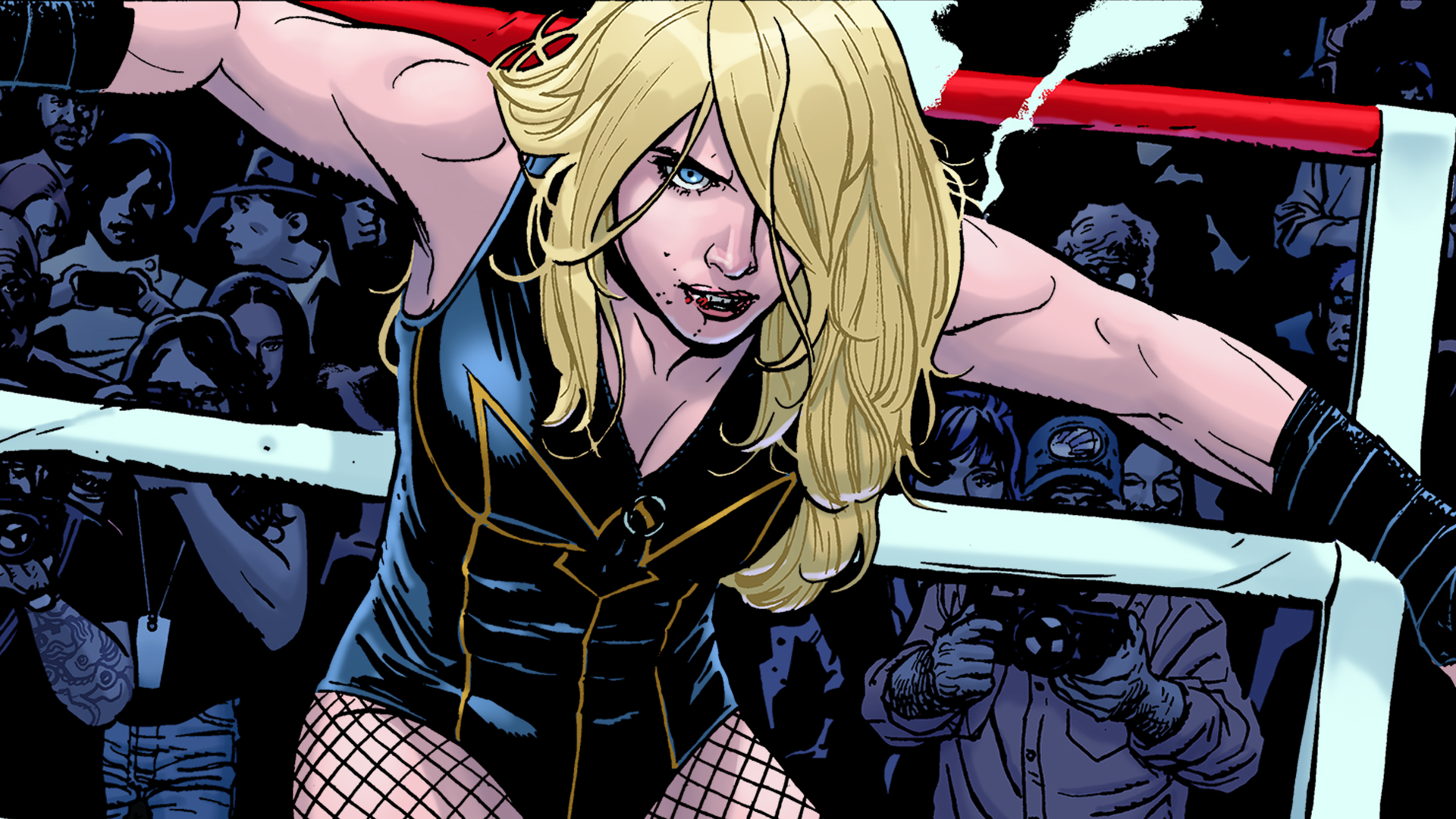
Black Canary is canonically the second best fighter in the DC Universe, and she's about to challenge the very best - Lady Shiva - to a one-on-one brawl to win it all to claim the mantle of the number one hand-to-hand combatant in the DC Universe.
For Black Canary: Best of the Best, writer Tom King, whose comic book accolades are too numerous to list but who is best known for stories like Mister Miracle, Supergirl: Woman of Tomorrow, and the current ongoing Wonder Woman series, is teaming up with artist Ryan Sook, who may just be the perfect collaborator for a story focusing on Dinah Laurel Lance and her mother Dinah Drake Lance.
The story takes Black Canary and Lady Shiva and traps them in, in King's words, the "four corners of a ring" for a knockdown drag out fight that hides a deeper core of the emotional reckoning between a mother and daughter as they both face their own life-defining stakes.
Newsarama spoke with King and Sook ahead of the November 27 release of Black Canary: Best of the Best #1, digging into the reasons why Black Canary is one of the most dynamic and interesting DC heroes, the influence the WWE and MMA had on the depiction of the big fight, and why King promises "you'll fucking cheer" by the time the limited series - and the fight - are done.
Newsarama: Tom, Ryan, first off, I just want to say, I got to read the first issue of Black Canary and I loved it. So the first thing I want to ask is Tom -
Tom King: Why so many words? Why so many words? [Laughs]
Nrama: I would never! [laughs] Tom, you've said before something along the lines that writing a specific character isn't necessarily important to you, it's all about finding an angle with a character that lets you tell a good story. So what was the thing that made you say, "Yes, I can do a Black Canary story?" What made it click for you?
Comic deals, prizes and latest news
Get the best comic news, insights, opinions, analysis and more!
King: It was two ideas coming together in my head at the same time. Number one, my oldest son became a huge WWE fan. That was not my nerd growing up, but he got way into it, the way I got into comics as a kid. And remembering how my parents sort of very much did not enjoy my comics and did not participate in my hobby, I kind of wanted to do the opposite.
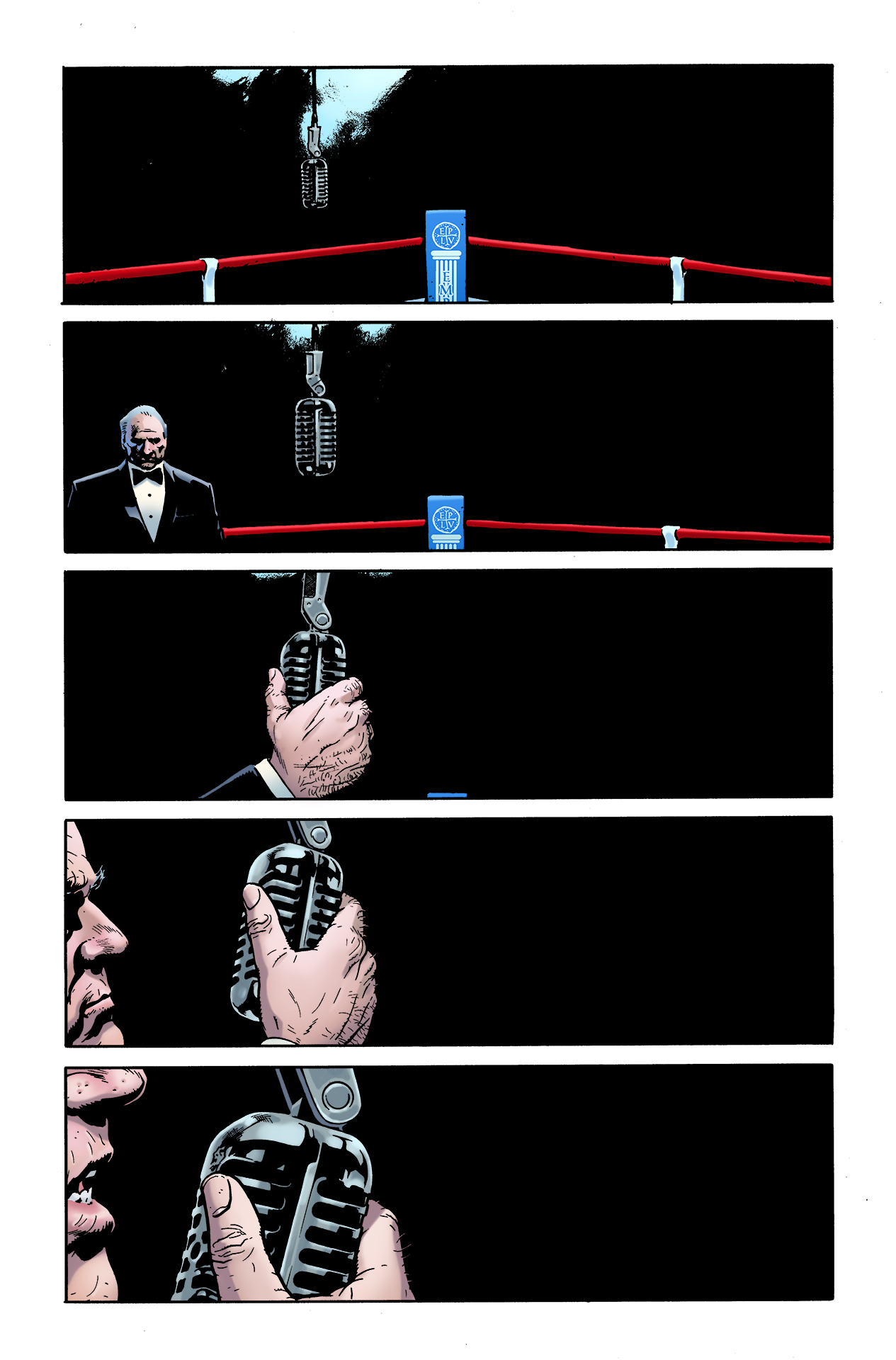
So I decided to watch WWE with him, and read the books, and buy the toys, and I got very much into watching it. I became fascinated with the way they just had four corners of a ring to tell, like, 80 years of storytelling. The challenge of that just blows my mind, that they make it so compelling. And every writer sees something they love, and they want to participate in it.
That was half of it. The other half goes back to a retreat a long time ago, a sort of famous retreat, with me, Scott Snyder, Becky Cloonan, and James Tynion, and we were trying to plan a Batman event. So we jokingly came up with something called 'Knight Fight,' Knight with a 'K,' and the joke pitch was that all the Bat-characters would get together for a tournament. We just joked over who would win, and we all just decided that it would be Black Canary, because she's the second best fighter in the DC Universe. It always stuck with me, what an odd person for it to be. That's how she became the main character.
It was like, if she's the second best, who is the best, and how does Black Canary become the best? And I just started running with that.
Nrama: Ryan, how did Tom bring you into that vision of Black Canary? And what's your history with her? I know you've drawn your fair share of fishnets over the years.
Ryan Sook: I have done my share of fishnets over the years [laughs]. But Black Canary, she's a character I've only ever had the chance to draw in publication on a handful of covers over the years, and she's one of my all time favorite characters. I just thought there was always so much potential with her, even though I hadn't seen it fully tapped.
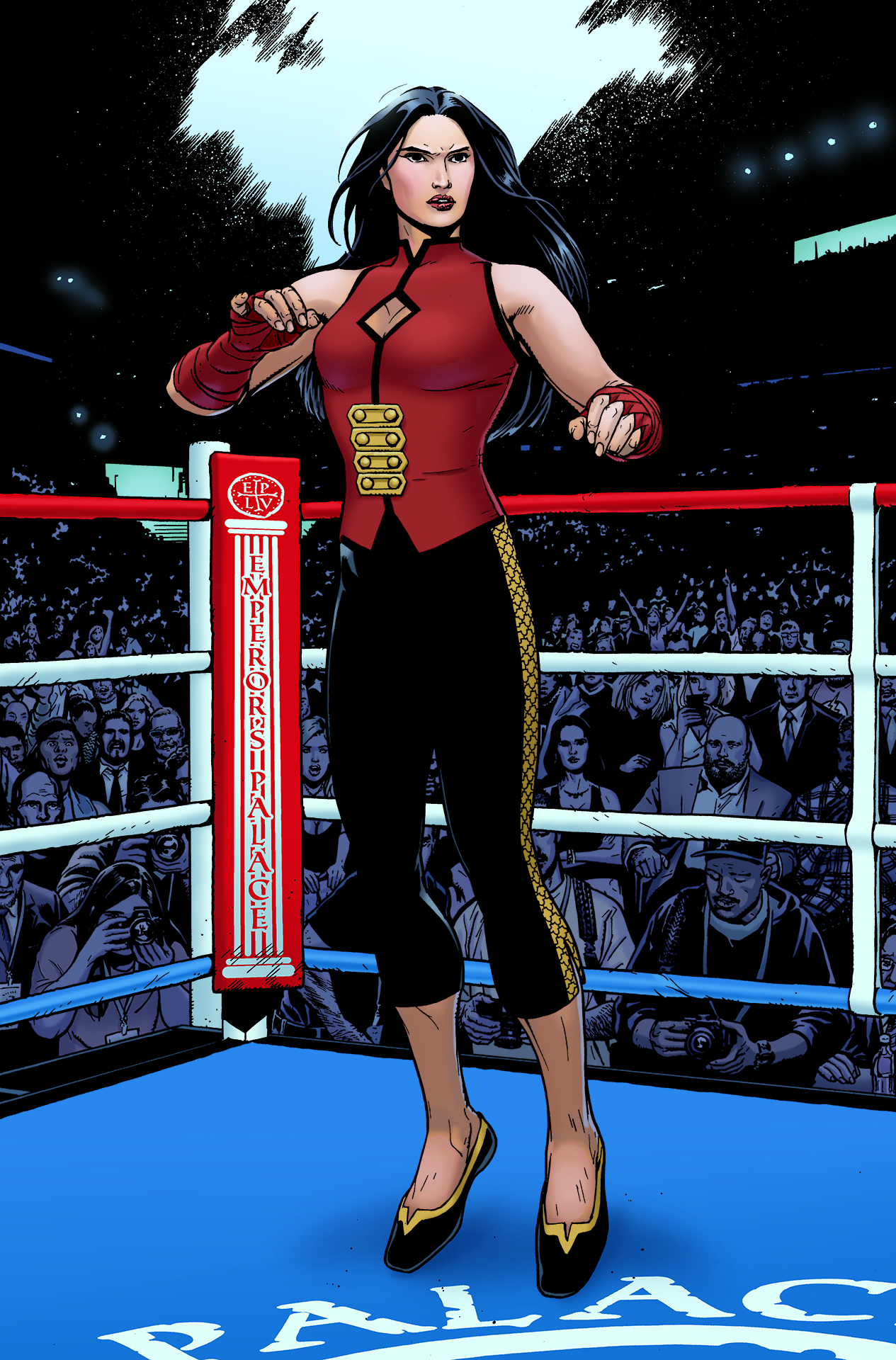
But I was working with our editor Ben Abernathy, and he asked me, "Oh could you do this other thing?" And I said I was kinda busy. But he goes, "Well I've got this Black Canary script that Tom King wrote…" And I was immediately like, let me see it, I want to do that. I literally had another thing lined up and I dropped it like a hot potato. I apologize to whatever that was.
But yeah, I was definitely in on this. I've been looking for an opportunity to work with Tom, whether he knew it or not. And when Ben mentioned it to me I just said, "I would love to do that." And it was a hard call, it's the only time I've ever done that in 30 years of comics. But I said to myself, I have to draw this book. It's Black Canary, she's one of my favorite characters. And she's got that great duality to her. She looks like an angel but she fights like a devil.
It's the drama that Tom wrote, the characterization that he wrote, and the backstory for both Dinah Laurel Lance and Dinah Drake Lance, it's this incredible mother-daughter story. That's what drew me in. And Tom was cool with it, the editor was cool with it, and I couldn't be happier.
Nrama: You both brought up some interesting points I'd like to touch on. First off, Tom, you mentioned writers wanting to be part of the things they enjoy, and I think this comic is a great example of how both comic writers and artists have to be able to step into all kinds of different roles to have these stories feel credible - you have to be fighters, commentators, all of it. How do you prepare for that, both in terms of how it's scripted, and how it's drawn on the page?
King: I mean, half of that is just trusting your artist. I'm not the kind of guy who's going to tell Ryan, this kick should look like this. And here's the exact move, and the physics would never work this way, and so on. That's just not how I write or read superhero comics. I just write something like "Black Canary kicks Shiva in her stupid face," and then Ryan makes it look realistic. So I don't want to say that I did incredible amounts of research into how fighting works. All that is from Ryan.
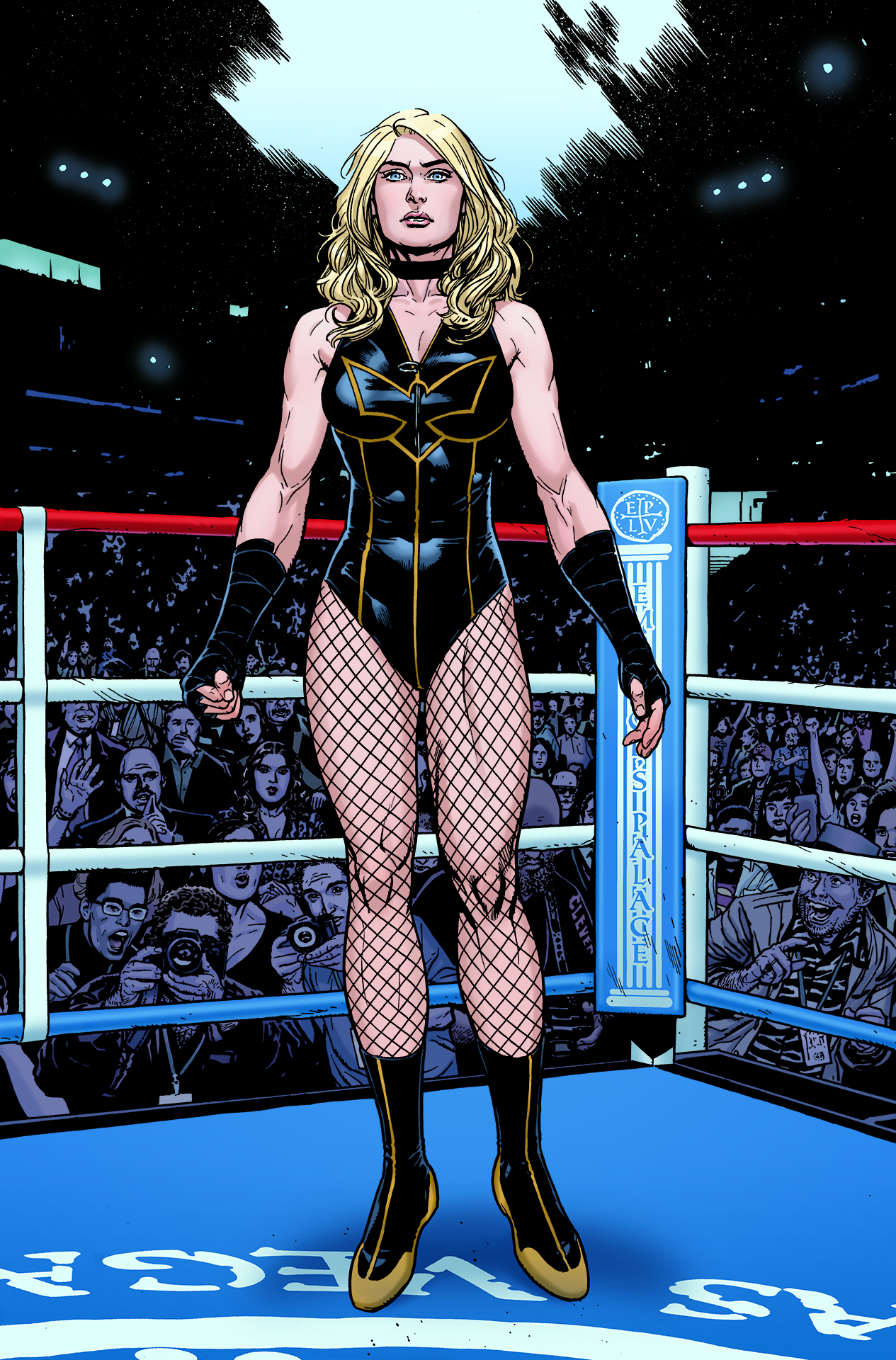
As for the commentators and the dialogue and stuff, I did sit down and do my 10,000 hours watching Raw and SmackDown and a lot of WWE pay-per-views, getting those down and just hearing those two voices in my head. I based them on two of my friends who are both huge fight fans, I'm more of a football guy. So I talked to John Siuntres and Mike Kronenberg, two big fight guys who gave me the sort of ins and outs of how that works. And I projected that.
And then, you know, you steal as much from non-fiction as you start to steal from fiction [laughs]. I stole from, you know, Neal Adams' Superman Versus Muhammed Ali, I stole from a lot of the Kickboxer movies I grew up watching in high school with my friends. It's called 'Best of the Best' as a tribute to one of my favorite kickboxing movies from childhood, starring Eric Roberts.
So it's a combination of, like, every moment you've been on Earth, plus the research you need to put yourself over
Sook: Yeah, absolutely same thing for me. I mean, I got the script, I read it, I try to, as an artist, just draw what the writer writes. You know, I mean that. And I've never been a big, big fight fan myself, So research for me was watching some Holly Holm/Ronda Rousey fights and stuff like that, and actually kind of getting into some of those UFC and MMA fights, just for research.
Which I gotta tell you, as someone who's seen some boxing matches, I was literally horrified. I could only watch a few, because in boxing, if somebody falls on the mat, they give them time to get up if they can. But in MMA, they jump on them and pound their head to a pulp until they can't walk. You know, it's gnarly. And this is that kind of fight, so that was my research.
Also watching WWE over the years. I've never been a huge follower of it, but a researcher of it. You can't help but appreciate the dynamic athletes, and using them for reference over the years has been a huge part of drawing comics. They're such great athletes, and to see them do this crazy stuff for real, I love that kind of stuff.
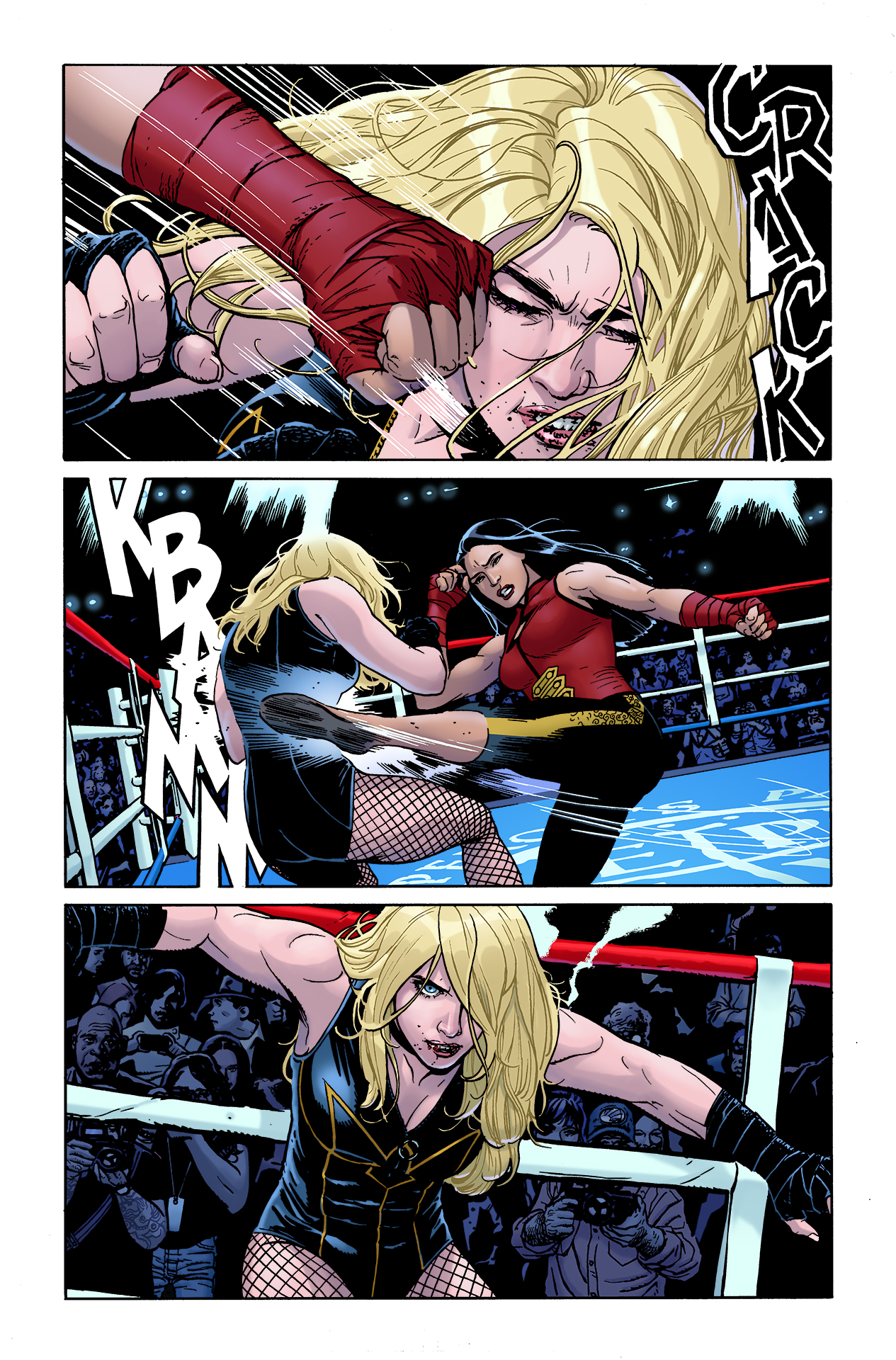
And you know, one of my favorite things about the dialog Tom wrote in the book is that the fight announcers kind of narrate the story. It's got this brilliant back-and-forth where you can read the fight and then you can read about her life and they're kind of narrating the same thing. It's such a great overlay, it's really, really fun to read.
Nrama: Ryan, you brought up the relationship between the two Dinahs, and that really feels like the driving force of the whole story, at least in the set up. Tom, how did you land on that particular relationship as the emotional heartbeat of this series? You mentioned that you got into WWE thanks to your son, so that parent-child dynamic seems to be part of the origin of the story, too.
King: Yeah, no, no, the emotional core of this whole series is Dinah and her mother. It's the two Black Canaries. And it's getting at what is the great theme of DC, which is legacy, and the idea of sort of picking up another person's mantle, which mirrors what all of us are doing as writers and artists. We're picking up another person's mantle.
You know, Neal Adams is laying it down, and I'm picking it up. You're trying to learn from the best to be the best. And, yeah, this is very much a story about parenting, about making mistakes in parenting, about the cost of those mistakes, about people loving each other, and how, you know, love and hate live right next to each other in our psyche, especially in dealing with our relatives.
And how you can edge back and forth, and sort of how complicated those relationships can become, how delicate, how beautiful, and how motivating. All that stuff is in here. And you don't see that much in comics. Comics are most often father-son stories, not mother-daughter stories, just because, you know, we tell a lot of stories about sidekicks, and that usually tends to be a father son dynamic. So it was a new territory to delve into there.
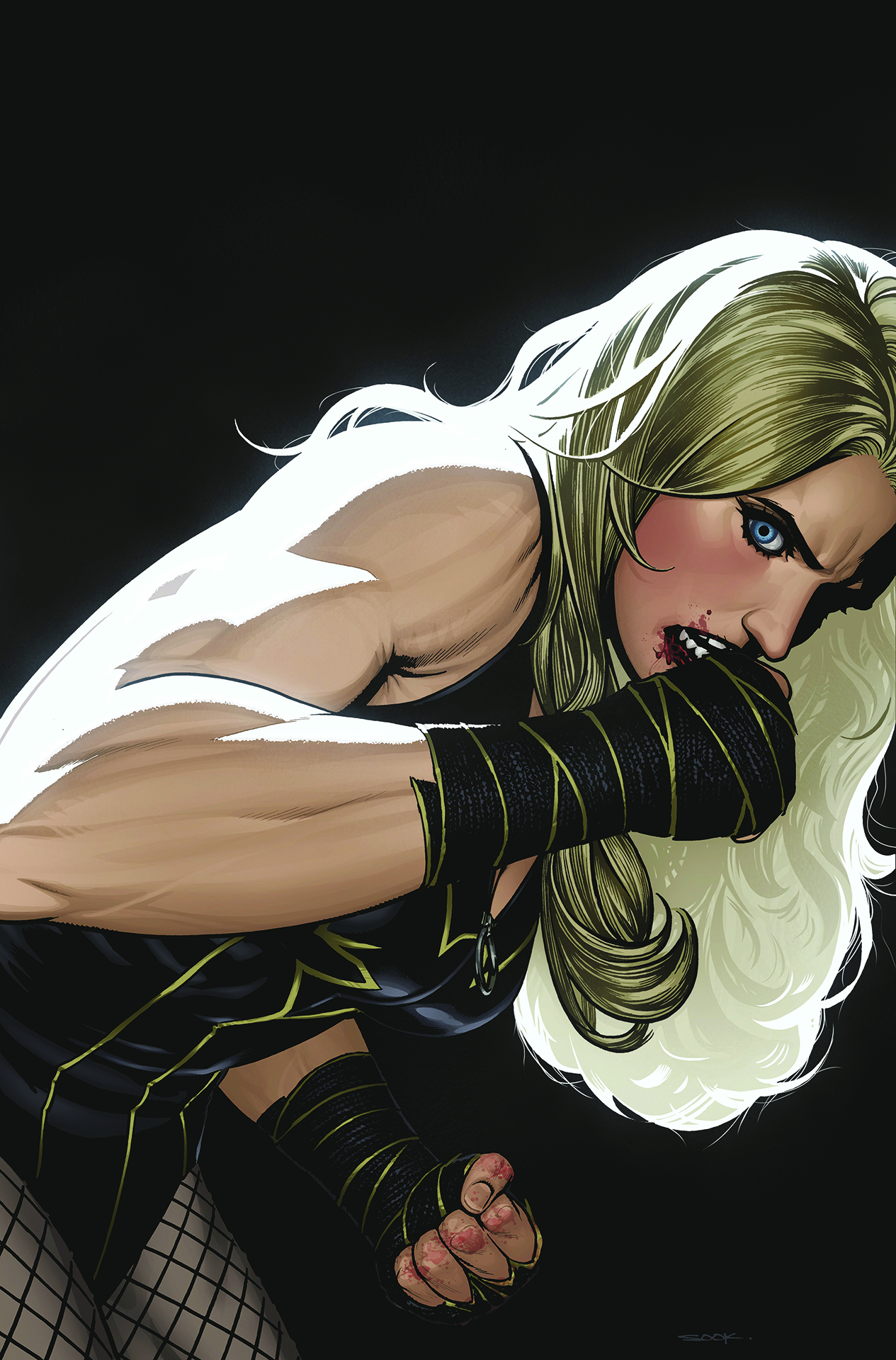
As for the personal side of it, yeah. I mean, half my life is working on comics. The other half is being a father full-time and raising three kids, including raising a daughter with a mother and seeing their relationship develop and evolve, and the beauty of that. And I tried to put all of that in the comic.
Nrama: And Ryan, on that note, what are your touchstones for the visual depictions of their relationship? There's a lot of fighting in this comic, but there's also a tremendous amount of tenderness. How do you dig into that dichotomy with the visuals?
Sook: Yeah, it's kind of like Tom said, you sort of, you have this whole life that you've lived, and you draw on all of it to tell a story, visuals and everything else. I have a sister and a mother and they have a relationship. I have two young daughters, and watch them with my wife. And so to be able to sort of draw just from life, that was the thing I really wanted to do for the whole book, both the dramatic side and the character side and the fighting, was to ground it in something totally believable.
Because when I read it, it was believable. The relationship between the two Dinahs, it's not a father-son story. It's a very different dynamic. And I like it because it has a real grit to it, it has a real value to it. And it develops through the whole series, it kind of goes places I didn't expect it to go, but I was glad that it did, because it doesn't really, you know, it doesn't hold anything back.
And, yeah, those are, those are actually the scenes that I liked drawing probably the most are those relationship scenes where they're talking in the kitchen or driving in the car, or she's, you know, helping, encouraging her to train and and the sort of positive and negative that goes along with that, with that parent-child relationship. Great stuff.

Nrama: My favorite scene in Black Canary #1 is where all Dinah's allies from the Justice League and other heroes are sitting around watching the fight, and there's just so much going on it almost feels like a Mad Magazine bit, just little visual gags all over the page. But it also shows so much personality, in a way that it feels like many superhero comics don't take the time to do anymore. How much of that spread was in the script and how much came straight from your brain? I just loved that bit so much.
King: Nothing, nothing was in the script. Ryan doesn't have to protect me. [Laughs]
Sook: No, I took everything from Tom's script, it's full of material. There's always those moments that you can try to add a little something, but the characters are just such great characters. I don't know, Aquaman and Mira showing up with a platter of seafood for the gang to share. I can't help but love to draw that kind of stuff. And, you know, Clark cooking hot dogs with laser vision.
You've got to have fun with it, because that's what they're doing. They're having fun, it's a get together for fight night. But they're still a team, that's kind of what I really liked about it. They're like, what's going on with Dinah? Why is she doing this? And I love their reactions. It's such a great scene.
Nrama: Ryan, I want to ask, what was your favorite specific thing to draw? And what have you drawn that we haven't seen yet that you can tease us on?
There's a great scene where Dinah is training and, there's been a preview floating around showing Batman wrapping up his hands. So we know that he's in the book and he makes an appearance, but when she's out training and he shows up, that scene is a brilliant scene.
And I really love this book in the visuals, because it's a straight knuckle down fight, and it's not relying on what so many other superhero books that I've drawn are relying on, which is laser beams and superpowers and all of the things that we can have fun with, with superheroes.
It really tells you what a hero is. And all the storytelling and all the visuals go into telling you what a hero is, and it's way more than any of that stuff.
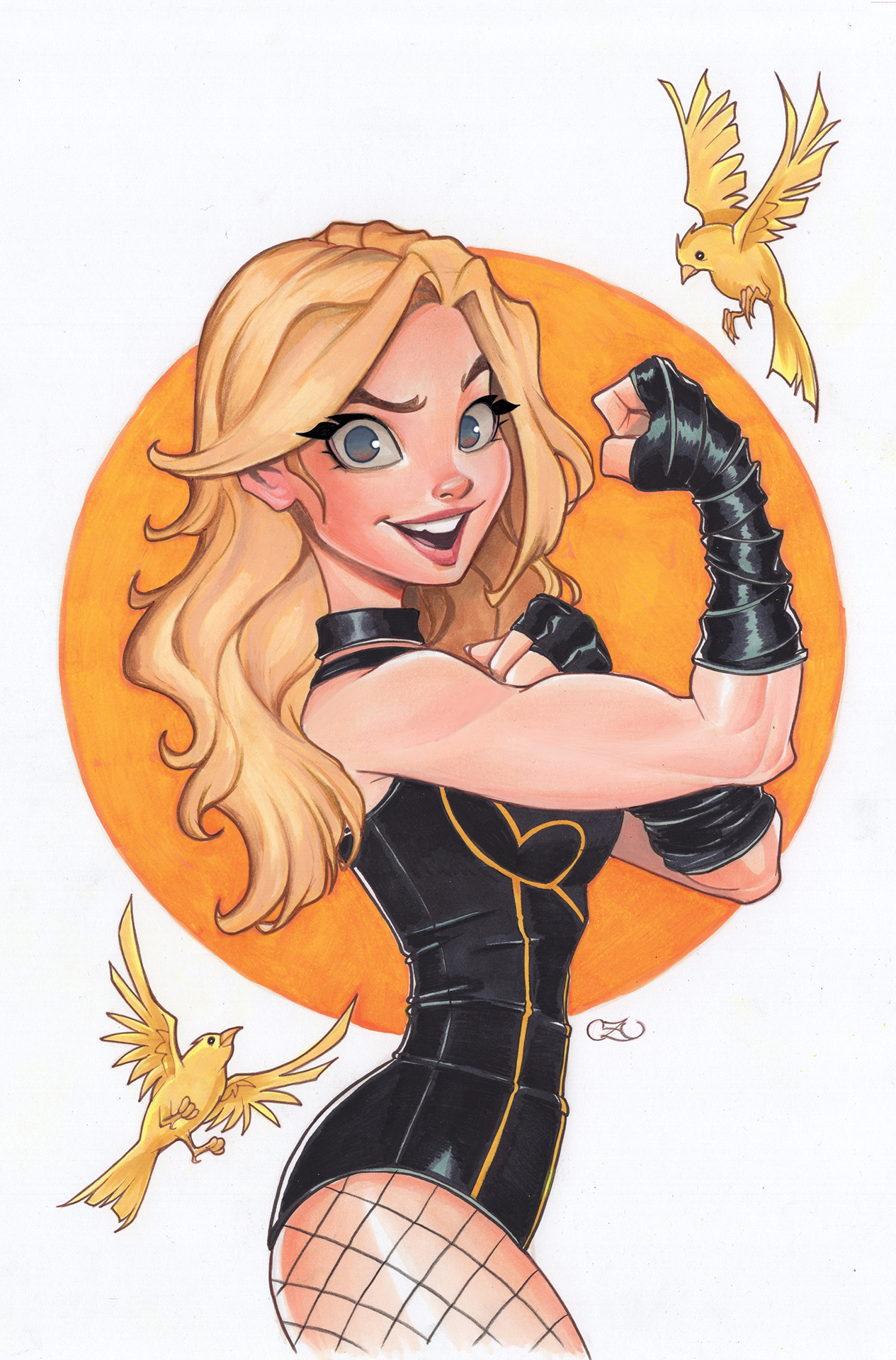
It's more than the costume. It's stripped away. Tom stripped it down to this ring, you know, those four corners and the straight fight, and some of those scenes in the fight have just been a pleasure to draw. Even though it's never been my strength, I would say I'm learning to love it. And getting to pull from guys like Alex Toth, who did this Black Canary story, one of my favorites.
I feel like the success of this comic for me so far, as far as drawing it, is just that I think when I was a kid, I probably would have really liked it. That's always the best. The feeling when you draw a comic, or you did the cover for it, and you look at it and you go, man, when I was in 7-Eleven, at 12 years old, I would have bought that.
Nrama: This is a question for both of you. What makes Black Canary so special and so unique in the DC Universe, even though she's a character that hasn't quite broken out into being a household name?
King: Oh, man. I mean, a few things. Number one, she's got an incredible silhouette. I mean, like, I think working with Batman, you're like, nobody looks cooler than Batman. But goddamn, Black Canary looks cool. Like Ryan said, it's when you're 11 years old and you're in 7-Eleven and you see a Black Canary comic. Like, oh, man, that that's somebody I want to see.
Number two, she has sides to her, but there's something about her that's like, essentially punk rock. There's something about her that's like, rebellious. There's something about her that's like, fuck the system, fuck you, fuck everyone, that I just very much gravitate to, and I think is very cool.
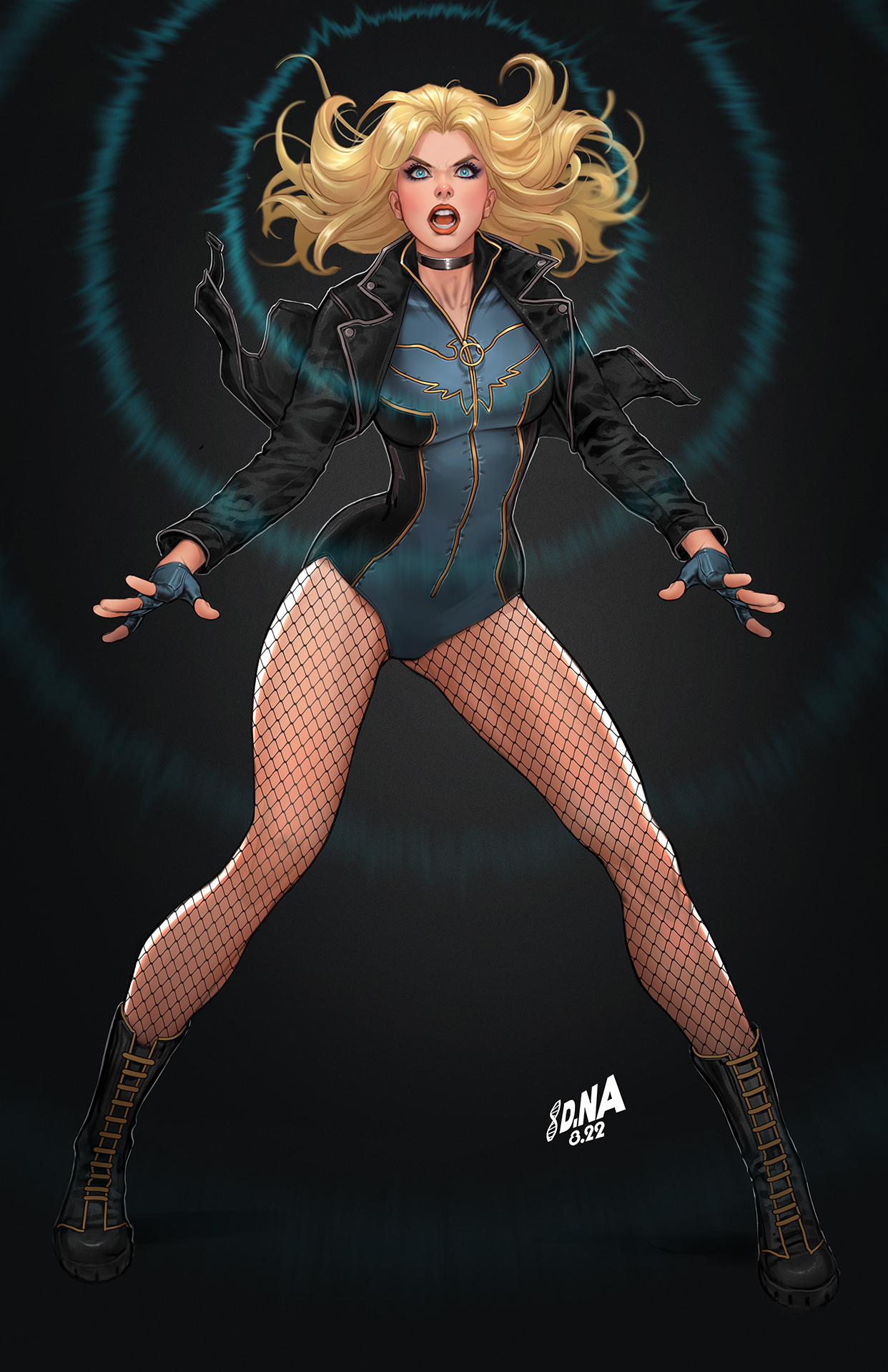
She's definitely the one who, you know, when Batman calls a mission together, she's the one who's like "That's a stupid plan." She's the one who will raise her voice. I love that about her. I love that she's a legacy, I love the story between her and her mother and their complicated issues. I love that she's a character who's existed since the beginning, almost as long as Batman, since the '40s.
And also, just to mention something that's maybe my favorite. What's the best drawn superhero comic of all time? That Alex Toth Black Canary issue. That lives in my head as, like, the greatest of our medium. Toth took her and made the greatest story. So that makes her awesome.
Sook: Yeah, absolutely. It's just great. She's a great looking character. I mean, that is really what it kind of comes down to. For me, I go back to that duality thing. She's beautiful, she looks like a bombshell - but she's a bombshell, and she'll go off. She's the kind of girl that will beat you up, and you fall in love with her because of it. That makes her really unique to me. And of course, she's a lot of fun to draw.
Nrama: Tom, I asked Ryan this, so before we go, what can you tease us on that we haven't seen yet for Black Canary: Best of the Best?
I've said this a lot, but I'm gonna say it again. My favorite part about comics is when a superhero gets pushed as hard as they can be pushed, and then stands up and keeps fighting, because it inspires me in my own life.
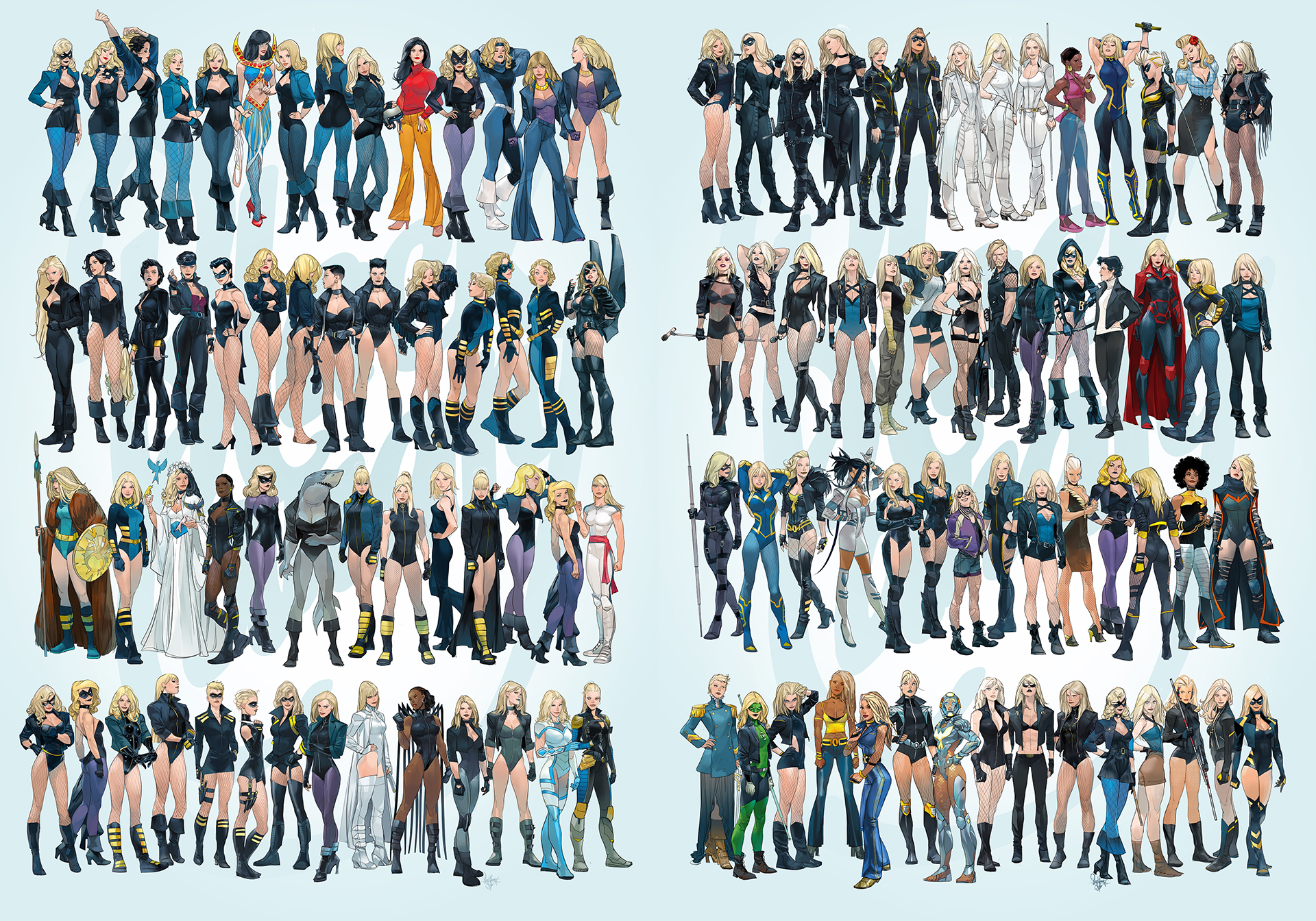
I've used those comics since I was eight years old to be like, alright, you know, I got bullied today. I'm getting back up and keep fighting because freaking Superman got off the mat. And so this comic, obviously, is about a fight. And I think the best part of, you know, any WWE match, in any boxing match, is that moment where your opponent is like, he is gone. That it's just impossible. But they get off the mat and they're like, no, it ain't over. You know, it ain't over. It ain't over.
And if you don't think I'm putting that in this comic, then you don't know me as a writer. That's coming and you're gonna fucking cheer, and I'm gonna cheer when it happens, it's awesome.
Black Canary was actually the leader of one of the best Justice League line-ups of all time, and a member of many more.
I've been Newsarama's resident Marvel Comics expert and general comic book historian since 2011. I've also been the on-site reporter at most major comic conventions such as Comic-Con International: San Diego, New York Comic Con, and C2E2. Outside of comic journalism, I am the artist of many weird pictures, and the guitarist of many heavy riffs. (They/Them)



